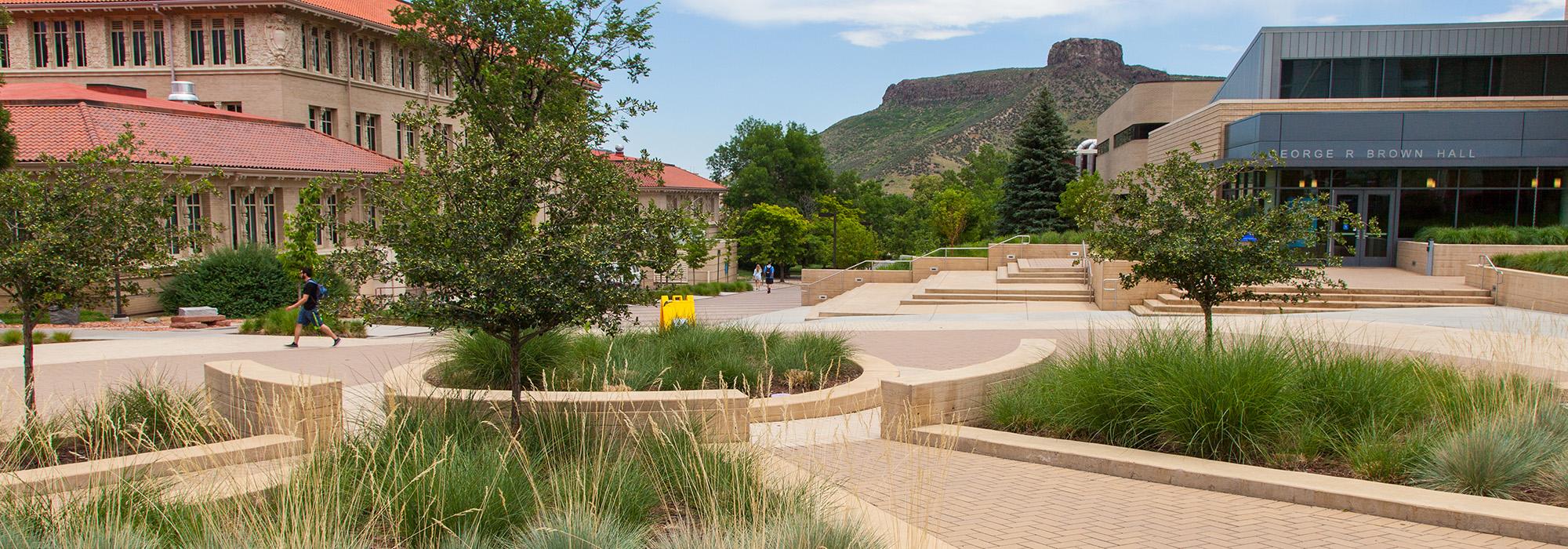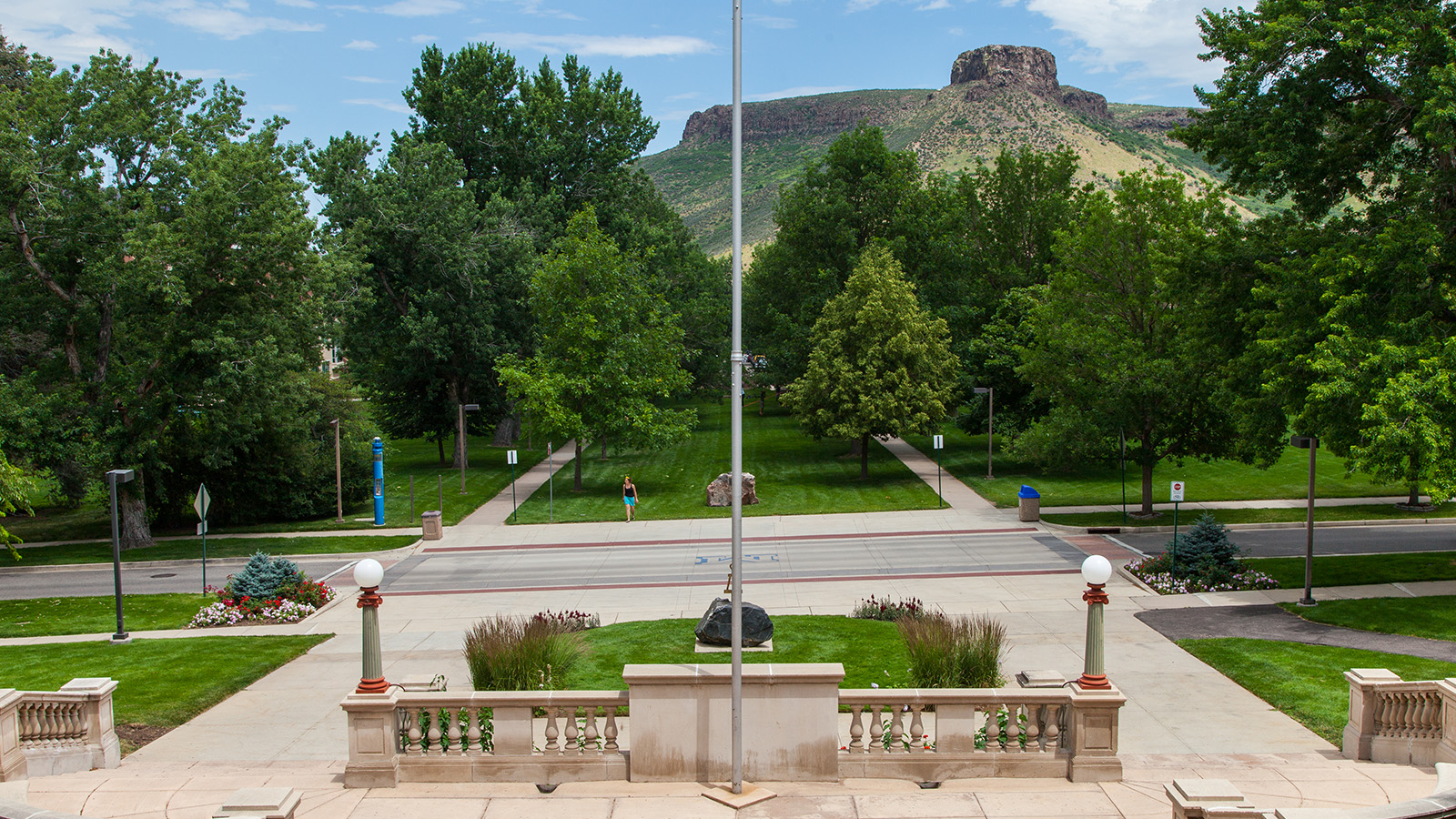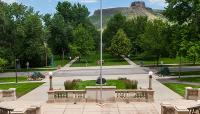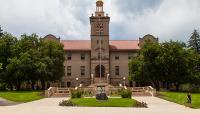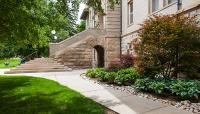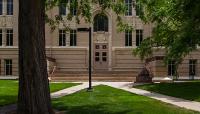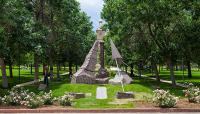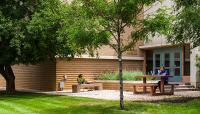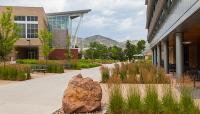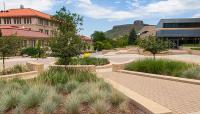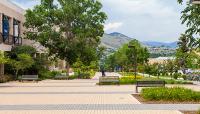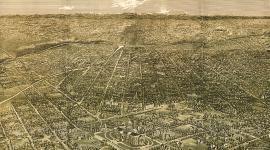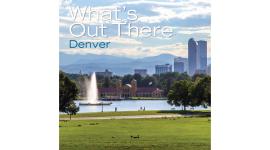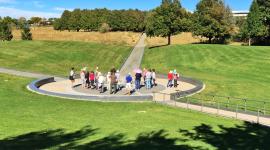Founded in 1870 in the burgeoning mining town of Golden (established only eleven years previous), this college was conceptualized by Bishop George Randall. Having relocated to the Colorado territory in the 1860s from Boston, Randall built three buildings to accommodate classes in military preparation, religious studies, and mining education. In 1874 the territorial government acquired the School of Mines and four years later the other two schools relocated to Denver.
For the next three decades the campus expanded on land donated by the City of Golden with buildings and general campus layout designed by architect Robert Roeschlaub. In 1893 in preparation for a football game against University of Denver, Campbell Field was created. Among the earliest established in the West, this ballfield was sited a short distance from the core buildings near a creek bordering campus. In 1906 Simon Guggenheim funded the construction of a Beaux Arts hall topped with a golden dome and fronted by a lawn bordered by an allée of trees. Two years later, a massive “M” for “Mines” was positioned on Mt. Zion towering above the campus. This symbol was lit in 1932 and remains a beacon for the campus.
Though the War years and Depression caused a decline in enrollment, the Works Progress Administration funded the construction of two buildings in the 1930s. Growth of the campus from the 1950s through the 1970s reflects myriad styles. The urban grid of Golden is carried throughout the 373-acre campus and various halls flanked by parking areas and landscaped lawns occupy entire blocks.



